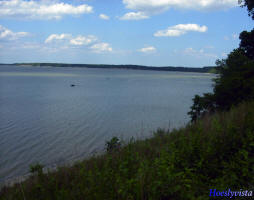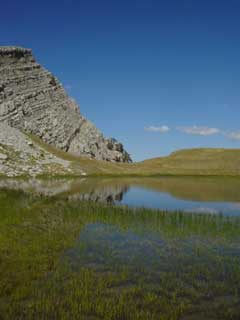 Integrated High Resolution Imaging Ground Penetrating Radar and Decision Support
Integrated High Resolution Imaging Ground Penetrating Radar and Decision Support
- Many EU cities are experiencing increasing problems with their water
pipeline infrastructure. The cost of replacing these old, worn-out systems,
if left to deteriorate beyond repair, is astronomical and clearly beyond the
resources of many communities. Replacement, however, is not the only choice
as many of these systems can be rehabilitated at 30 to 70 percent of the
cost of replacement.
- Accordingly, resources are now increasingly being allocated to address
pipeline rehabilitation management issues. Due to the emphasis on
sustainable management, risk-based approaches for the rehabilitation
management of the water supply network need to be developed. Rehabilitation
decisions should be based, inter alia, on inspection and evaluation of the
pipeline conditions. Yet, utilities cannot locate a number of their old
pipes and current inspection technologies typically do not provide the
needed detailed information on pipeline damage.
| Project number | WATERPIPE | ||
|---|---|---|---|
| Subject(s) | HYDRAULICS - HYDROLOGY , METHTODOLOGY - STATISTICS - DECISION AID , POLICY-WATER POLICY AND WATER MANAGEMENT | ||
| Acronym | WATERPIPE | ||
| Geographical coverage | Greece, Italy, Romania, United Kingdom, Germany, Greece, Turkey | ||
| Budget (in €) | 3337717 | ||
| Programme | INCO MED (FP6) | ||
| Objectives | The objectives of this work are: 1. To develop a novel, high resolution imaging ground penetrating radar for the detection of pipes, leaks and damages and the imaging of the damaged region and evaluate it at a test site. 2. To produce an integrated system that will contain the equipment in ‘1’ and a Decision-Support-System (DSS) for the rehabilitation management of the underground water pipelines that will use input from the inspections to assess, probabilistically, the time-dependent leakage and structural reliability of the pipelines and a risk-based methodology for rehabilitation decisions that considers the overall risk, including financial, social and environmental criteria. 3. To field test the equipment and the DSS. |
||
| Period | [01/01/2006 - 01/01/2009] | ||
 you are not logged in
you are not logged in





